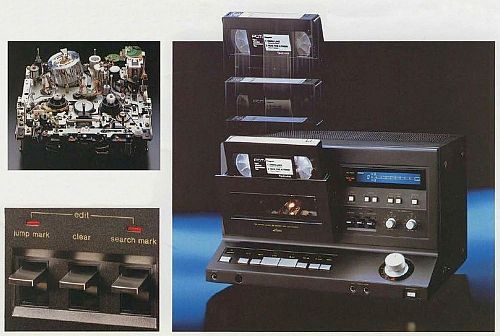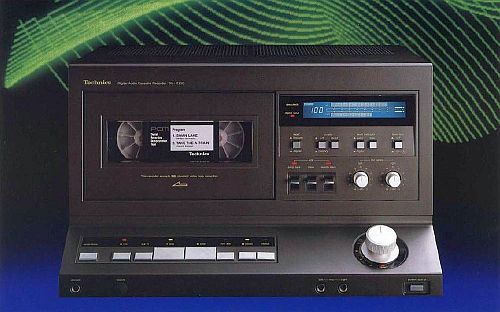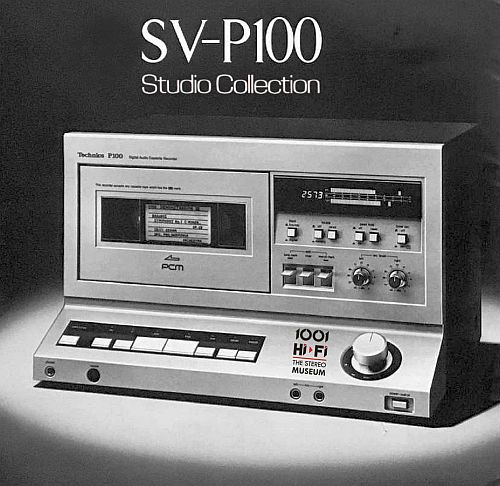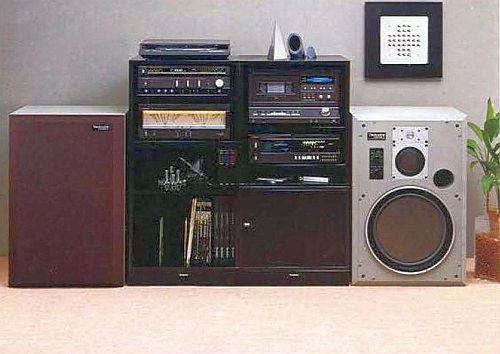After a series of hugely successful receivers introduced during the 70's PIONEER finally decided that there is a time for a change. With a completely new esthaetics ready for a new decade PIONEER introduced in 1980 the SX-D7000. Behind this new aesthetics lies however a "classic" tried and tested amplifier - tuner technology. All controls (except VOLUME and BALANCE) and switches are sliders and pushbuttons, not levers, rockers or rotary knobs. Indications are all beautifully illuminated. You don't have to be a stereo "expert" to see how these new lines and contours add up to a distinctive kind of elegance, to see how the SX-D7000 gives the appearance of a preision transeiver, with all controls neatly grouped into three. The PIONEER SX-D7000 uses a Non-Switching DC power amplifier design. For FM radio reception it uses a Quartz-PLL synthesizer tuner with six FM and six AM memory for instant station recall. The FLUROSCAN power output and tuning meters are considered as a classic PIONEER trademark. Technical data: 120 W/ch min. at 8 ohms from 20 hertz to 20,000 hertz with no more than 0.005% total harmonic distortion. Dimensions: 519 (W) x 180 (H) x 460 (D) mm. Weight: 19.2 kg.
Powered by www.1001hifi.com
Powered by www.1001hifi.com























.jpg)





